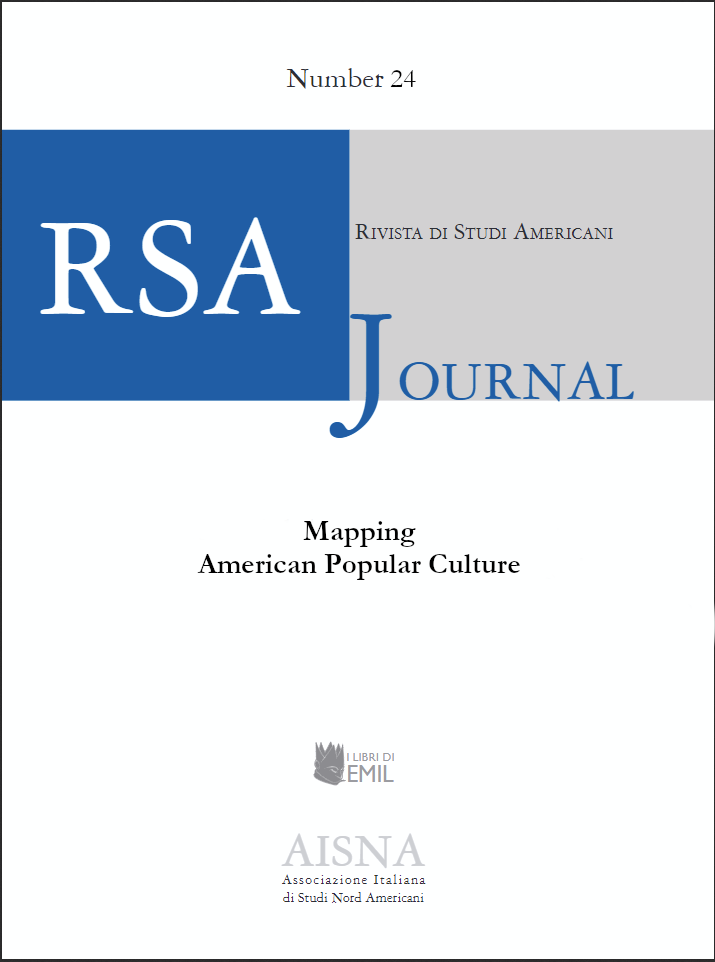How U.S. Presidents Are Regarded Historically
The Contrast Between Historians’ Rankings and the Retrospective Public Opinion Approval Ratings
DOI:
https://doi.org/10.13135/1592-4467/8680Keywords:
presidential scholars, American presidents, rankingAbstract
In April 2013, when covering the opening of his presidential library in Dallas, part of the media attention was drawn by the “unexpected” surge in approval ratings of former President George W. Bush. That surprise came because the 43rd President was very unpopular when he left office in 2009 and because he is still considered by many scholars as one as the “worst Presidents in history”. Although scholars’ judgment and public opinion surveys often seem not to match each other, this paper explains that George W. Bush’s rise is exactly what one would expect, based on the history of other former presidents’ approval ratings. Indeed, retrospective approval ratings typically exceed approval ratings while in office.
Downloads
Published
Issue
Section
License
RSAJournal will apply a CC BY 4.0 license to all its contributions starting with issue 37 (2026). Previous issues are licensed under a CC BY-NC-ND licence.





